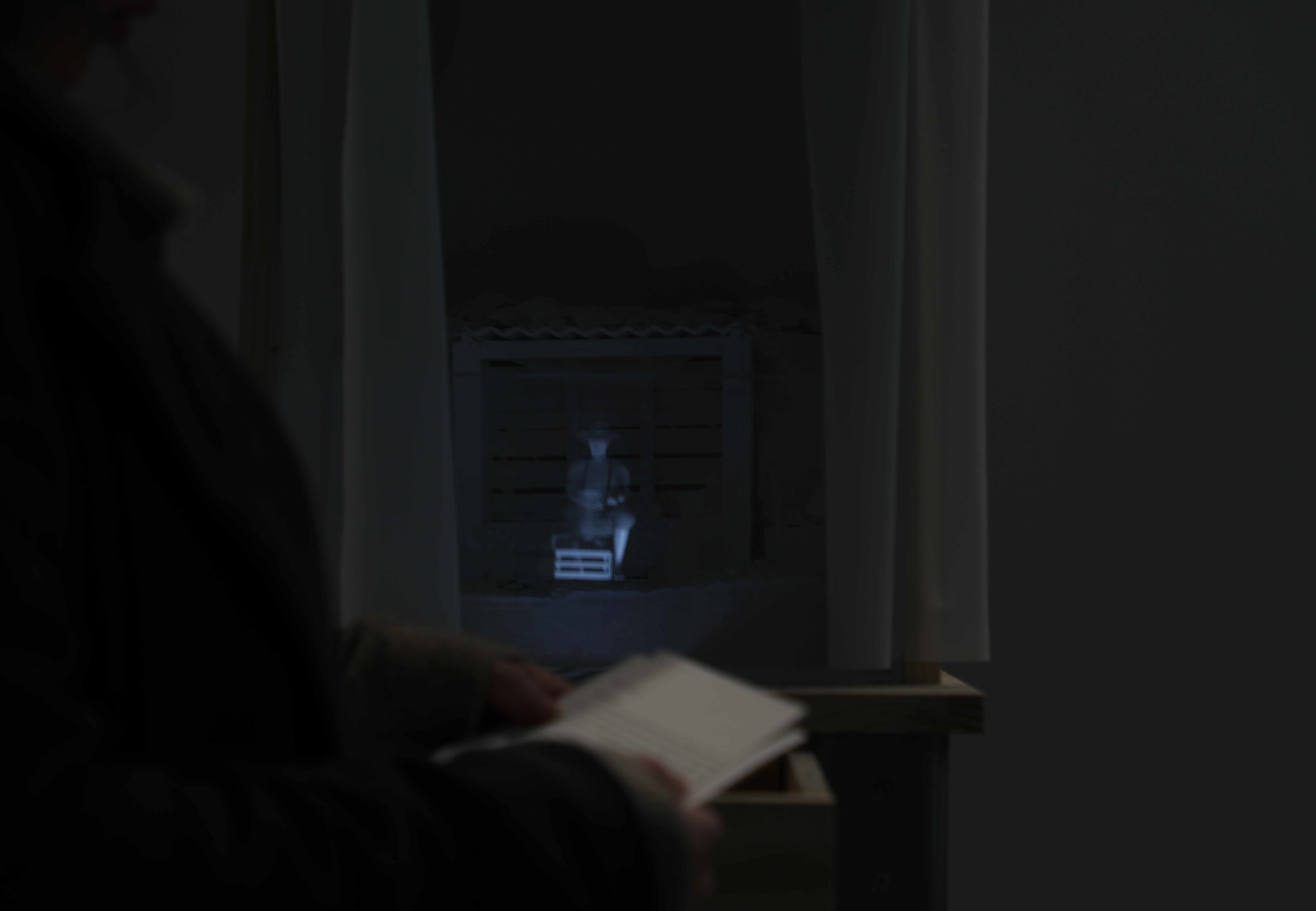
Shivneel Prasad
Memoirs of World War One
Memoirs of World War One
The project is practice-led research thesis that investigates epistolary correspondences from the front lines to explore the relationship between spatial belonging and dislocation with the concept of the home as a domestic interior that encompasses memory and recollection. The purpose of the research is to reconceptualise the current exhibition design of the Pou Kanohi towards a more a narrative-driven design strategy and exhibition for the Auckland Museum that portrays and focalises personal narratives of New Zealanders that served in World War One. The concepts home, memory, belongingnesss and spatial dislocation are explored through reading and analysing epistolary correspondence in relation to archival materials from during the war .
This project investigates epistolary correspondence from the front lines back home to New Zealand to explore the relationship between spatial belonging and dislocation during wartime. It focuses particular attention on the domestic rituals and interior details described in the letters written by Second Lieutenant Jack Stanley Pryce of the 1st Battalion Otago Infantry Regiment to his family. The practice analyses Pryce's narratives using a range of digital and analogue methods to produce a series of diorama’s representing a reverie of home and belonging. Designed for the Pou Kanohi, New Zealand at War Gallery in Auckland's War Memorial Museum, the project offers a narrative-driven contribution to this memorial space.
The dioramas are hybridised cabinets of curiosity:gateways between two modes of living and dwelling, serving as transitional objects that link two different modes of time and space. All the boxes have three parts: a diorama, an illusion and a drawer. The illusion is a motion captured animated virtual recreation of Pryce performing certain domestic activities with the diorama as the backdrop of the mise-en-scene. The drawer is a pocket, which contains a copy of the original letters that Pryce had written, which informs the viewer of the scenario being reimagined. Each element is carefully curated to emphasize the personal journey of the soldier to the audience making each encounter an intimate and unique experience for the viewer. Each entire set becomes a manifestation of a domesticated spatial location where the concept of home becomes a medium of constant shifting and navigating through spatial habitats.
In this project place is understood as a temporary spatial heterotopia: a place of many places. This results in the creation of an illusion of transcedence that is grounded and real. The dioramas seek to question the role a monument plays in remembrance, where the role of the monument isn’t only to be a mnemonic tangible object of recollection but also an imagined space of absent narratives, individuals and places.




